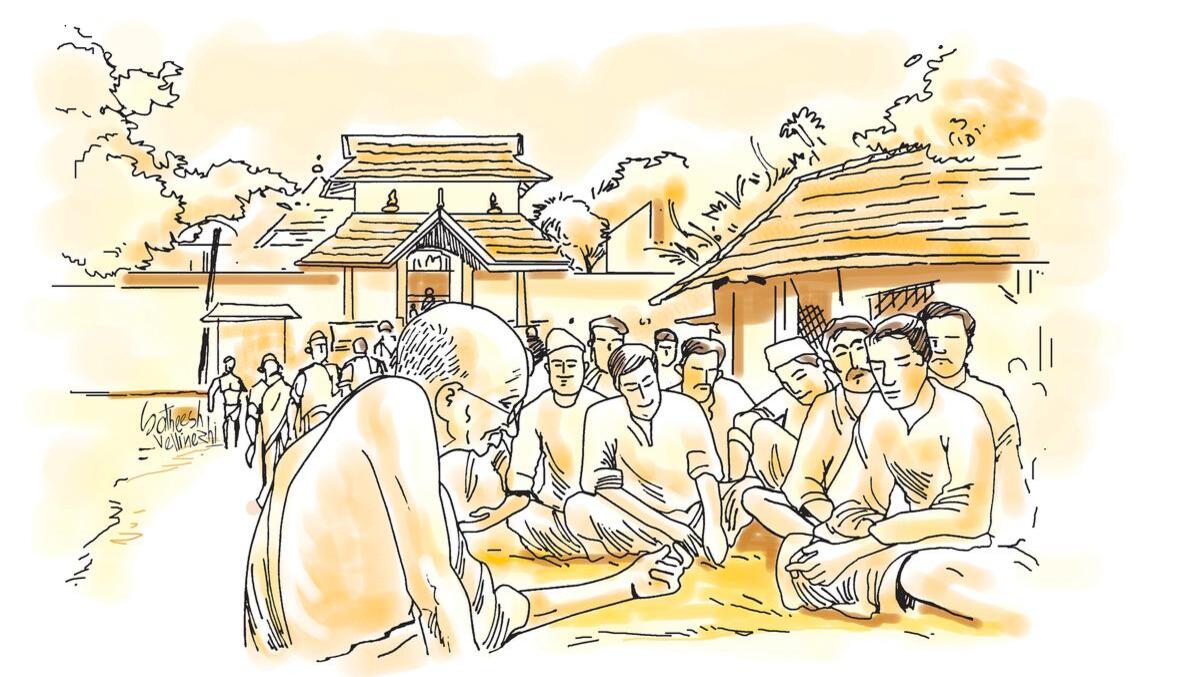World Malaria Report 2024
Context: The 2024 World Malaria Report released by WHO highlights India's significant progress in reducing malaria incidence and mortality.
Malaria Overview
About:
- Malaria is a life-threatening disease caused by Plasmodium parasites, transmitted through bites of infected female Anopheles mosquitoes.
- It is preventable and curable, commonly found in tropical regions.
Transmission:
- Malaria is not contagious; it spreads only through mosquito bites.
- Among the five Plasmodium species infecting humans, Plasmodium falciparum and Plasmodium vivax are the most dangerous.
Key Highlights of WHO’s World Malaria Report 2024
Global Burden (2023):
- Cases: 263 million.
- Deaths: 597,000.
- Africa's Share: 95% of global deaths, primarily affecting young children and pregnant women.
Global Progress Since 2000:
- Averted: 2.2 billion cases and 12.7 million deaths.
- Improvement: Malaria incidence has dropped significantly in many regions.
Malaria-Free Certification:
- 44 countries and one territory (e.g., Egypt) are certified malaria-free as of November 2024.
- Certification requires three consecutive years of zero indigenous cases.
- 25 countries now report fewer than 10 cases annually, compared to 4 in 2000.
Country-Specific Trends (2022–2023):
- Decreases in Cases: Nepal (-58.3%), India (-9.6%), Bangladesh (-9.2%), Indonesia (-5.7%).
- Increases in Cases: North Korea (+47.9%), Thailand (+46.4%), Myanmar (+45.1%).
- Zero Indigenous Cases: Timor-Leste and Bhutan in 2023.
South-East Asia’s Role in Reduction:
- The region contributed only 1.5% of global cases in 2023.
- Malaria cases dropped by 82.4% (2000–2023), and deaths by 82.9%.
- India and Indonesia accounted for 88% of malaria deaths in the region.
Challenges
In Africa:
- Africa remains the most affected region, bearing the highest burden of malaria cases and deaths.
Funding and Systemic Issues:
- 2023 funding ($4 billion) fell short of the $8.3 billion target.
- Gaps in essential resources such as insecticide-treated nets, medicines, and surveillance tools persist.
- Other barriers include weak health systems, drug resistance, conflicts, and climate change.
Recommendations:
- Strengthen data systems, ensuring disaggregated data by sex, age, and social factors.
- Promote equity, gender equality, and community-driven innovations.
- Prioritize investments and targeted interventions in high-burden areas.
India-Specific Achievements
Exiting HBHI Group:
- India exited the High-Burden-High-Impact (HBHI) group after reducing malaria cases by 69% (6.4 million in 2017 to 2 million in 2023).
- Malaria deaths decreased by 68% (11,100 to 3,500).
Key Strategies for Success:
- Artemisinin-Based Combination Therapy (ACT): A dual-action treatment targeting parasites.
- Long-Lasting Insecticidal Nets (LLIN): Widely used to block and kill mosquitoes.
- Targeted Interventions: Focused efforts in tribal and forested regions (e.g., Jharkhand, Odisha, Chhattisgarh).
- Monitoring and Evaluation: Regular assessments ensured effective implementation.
Call to Action
WHO urges increased investments, innovative solutions, and focused measures to sustain progress, particularly in high-burden regions like Africa.




Comments (0)